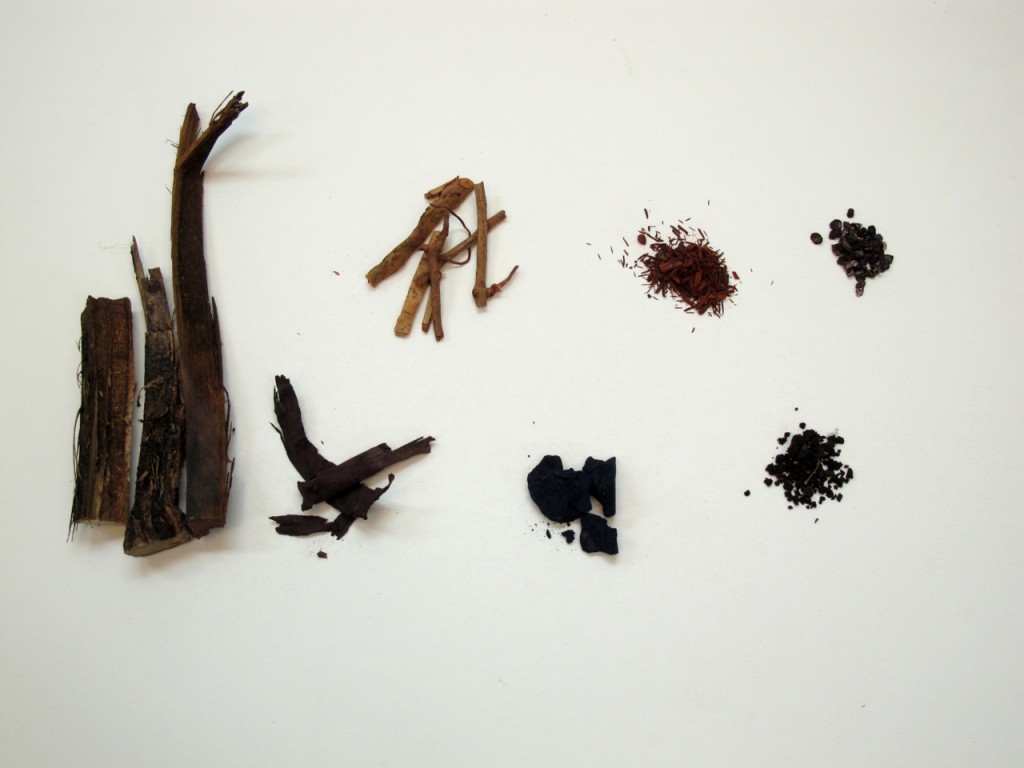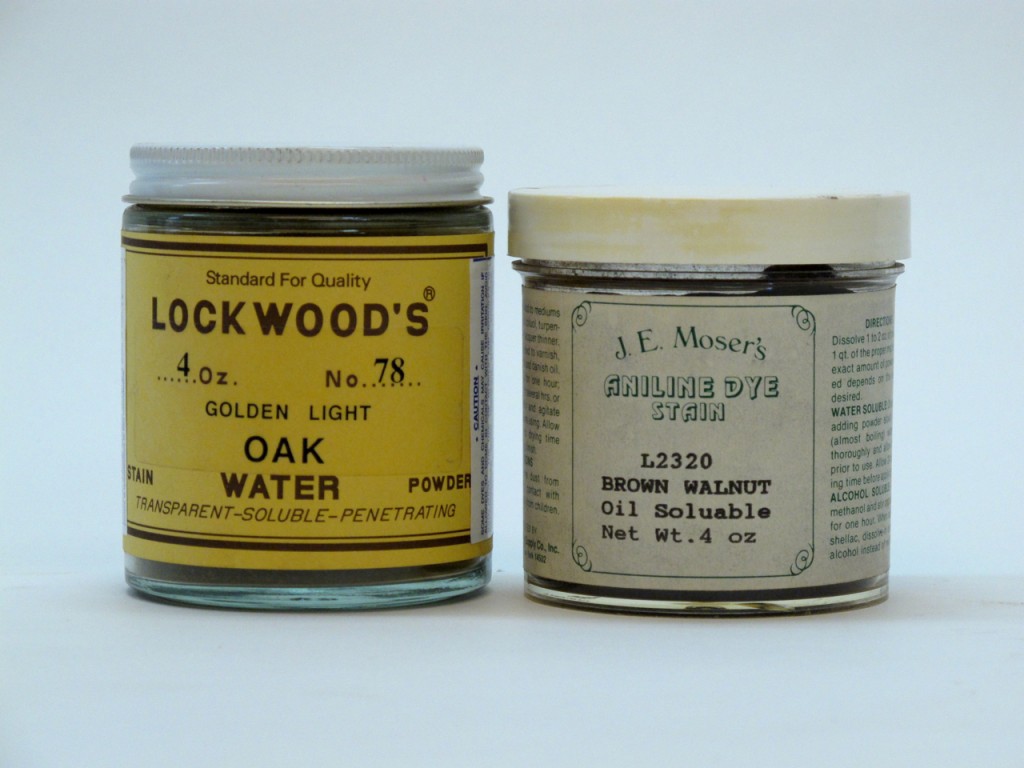We may receive a commission when you use our affiliate links. However, this does not impact our recommendations.
Before 1856 all dyeing, and for that matter, most coloring, whether on cloth or wood, was done using natural materials. Being natural materials, they varied, so it was difficult to predict the color you would get. Most of these dye colorants also faded easily.
The breakthrough to a better dye was discovered accidentally by an eighteen-year-old student chemist working in a lab in England. William Perkin was combining chemicals (some were derivatives of aniline) searching for a synthetic means of making quinine, used to treat malaria. The experiment failed, and he was about to throw out the concoction. But then he thought there might be some use for it. It produced the color mauve (similar to purple). After some more experiments, he decided to go into business producing the dye, which became all the rage. In 1858, even Queen Victoria wore a mauve-colored gown to her daughter’s wedding.
The development of the dye industry languished in England but was picked up in Germany where it became a very large industry, even being given some credit for spawning modern chemistry.
There’s a very interesting book describing this industry by Simon Garfield. The book is “Mauve: How One Man Invented a Color that Changed the World,” if you’re interested.
Synthetic aniline dyes replaced natural dyes quickly in the textile industry and worked their way into the furniture industry a few decades later.
The big craze in furniture in the United States after the centennial in 1876 was reproductions of early American furniture. Think Wallace Nutting, if you know anything about antiques. Reproductions were new, so they were in excellent condition, unlike most of the originals that had survived. This was the height of the Industrial Revolution in the US, and most people wanted new furniture. But in the intervening century the colors of the original woods, which had not been stained, had changed – darkened in most cases. Furniture factories wanted to imitate these colors.
So some companies popped up recreating these colors from aniline dyes. One W.D. Lockwood, still exists and supplies these dye colors through many woodworking catalogues under the Lockwood and Moser brands.
I have used these dyes my entire woodworking career to color old furniture that I was refinishing, especially the water-soluble powders. I have described how to use them in my books, many articles and shown their use on my refinishing-furniture DVD. They are very easy to use, easier than metal-complex dyes, such as TransTint, because you can lighten the color significantly by wiping with a damp cloth if you get the color too dark. This is perfect when trying to match the color of new parts.

Natural dyes, (from left) logwood, alcanet root, madder root, indigo, red sandelwood, black walnut hulls and cochineal
A hiccup in the use of these aniline dyes occurred in the 1970s and 1980s when Fine Woodworking began promoting George Frank and his use of natural and chemical dyes. Many woodworkers thought this was the way they should go.
I don’t have any objection to your using natural or chemical colorants. I guess it could be equated to using hand tools rather than power tools, though I really enjoy using hand tools, and I don’t enjoy using natural or chemical dyes.
George Frank is gone now, and I haven’t seen much interest in natural dyes since his passing. But if you are interested, here are some sources:
- “Wood Finishing with George Frank,” 1988. This was revised in 1999 by Sam Allen as “Classic Wood Finishing.”
- “Classic Finishing Techniques,” by Sam Allen, 1994.
Here are some supplies and tools we find essential in our everyday work around the shop. We may receive a commission from sales referred by our links; however, we have carefully selected these products for their usefulness and quality.








![How to Build a Modern Kitchen Island [Video]](https://dev.popularwoodworking.com/wp-content/uploads/bfi_thumb/dummy-transparent-olcy6s63it1p9yp7uhusjas7c8kahafrhg9su7q9i0.png)


I wonder if you could offer me information on how to make new wood look like older graying wood. I have a customer that wants me to build him some table tops that look similar to barn wood for his restaurant. I tried a gray stain but is wasn’t what he was looking for. Any help would certainly be appreciated.
Thank you in advance.